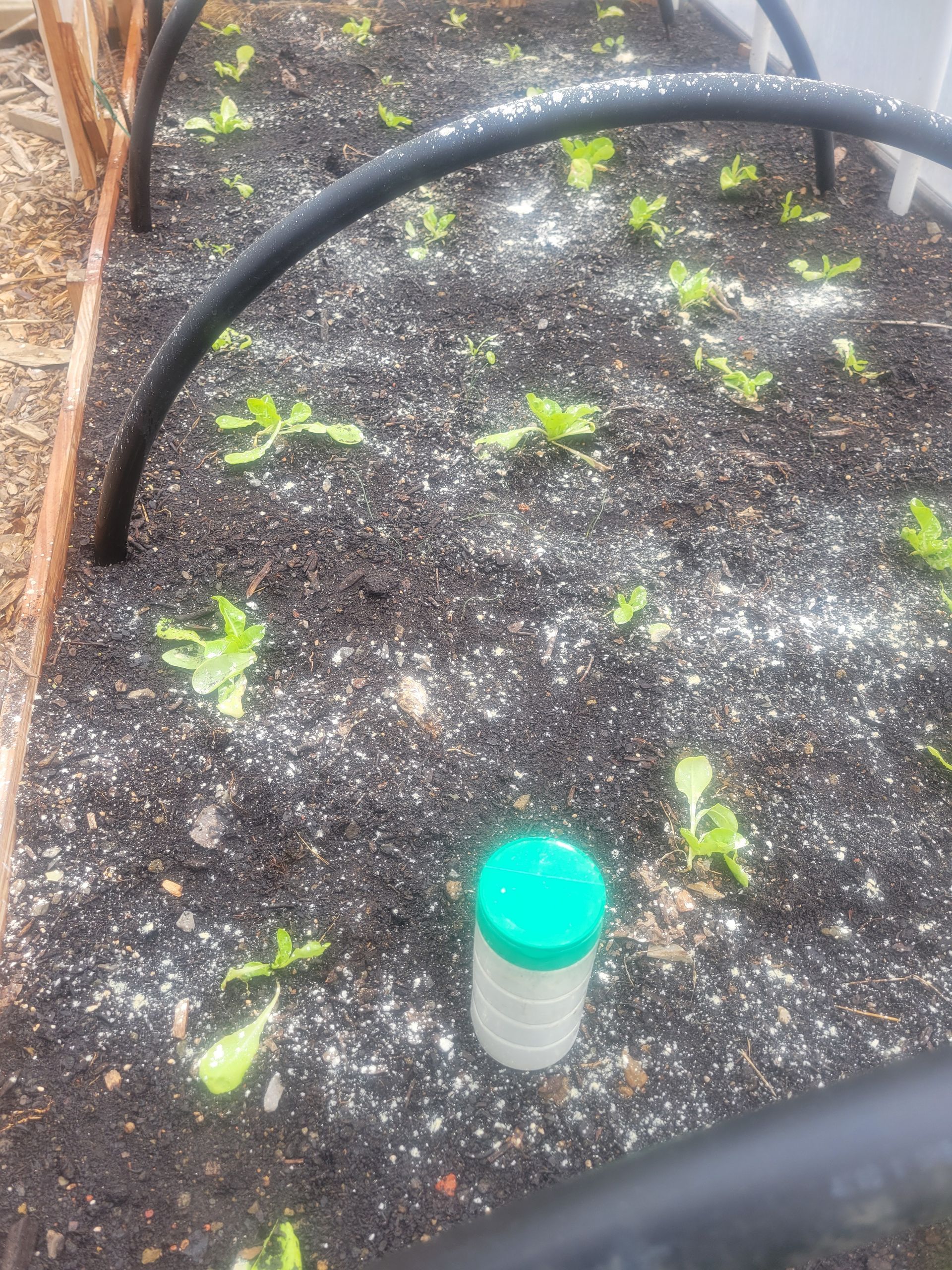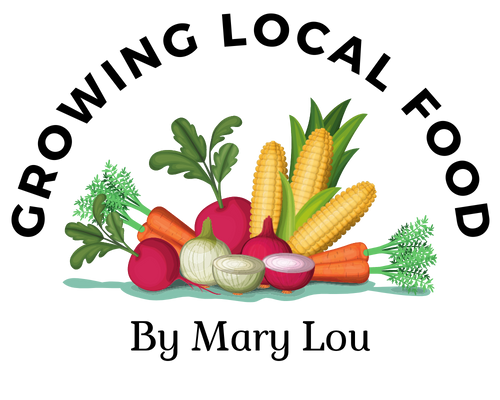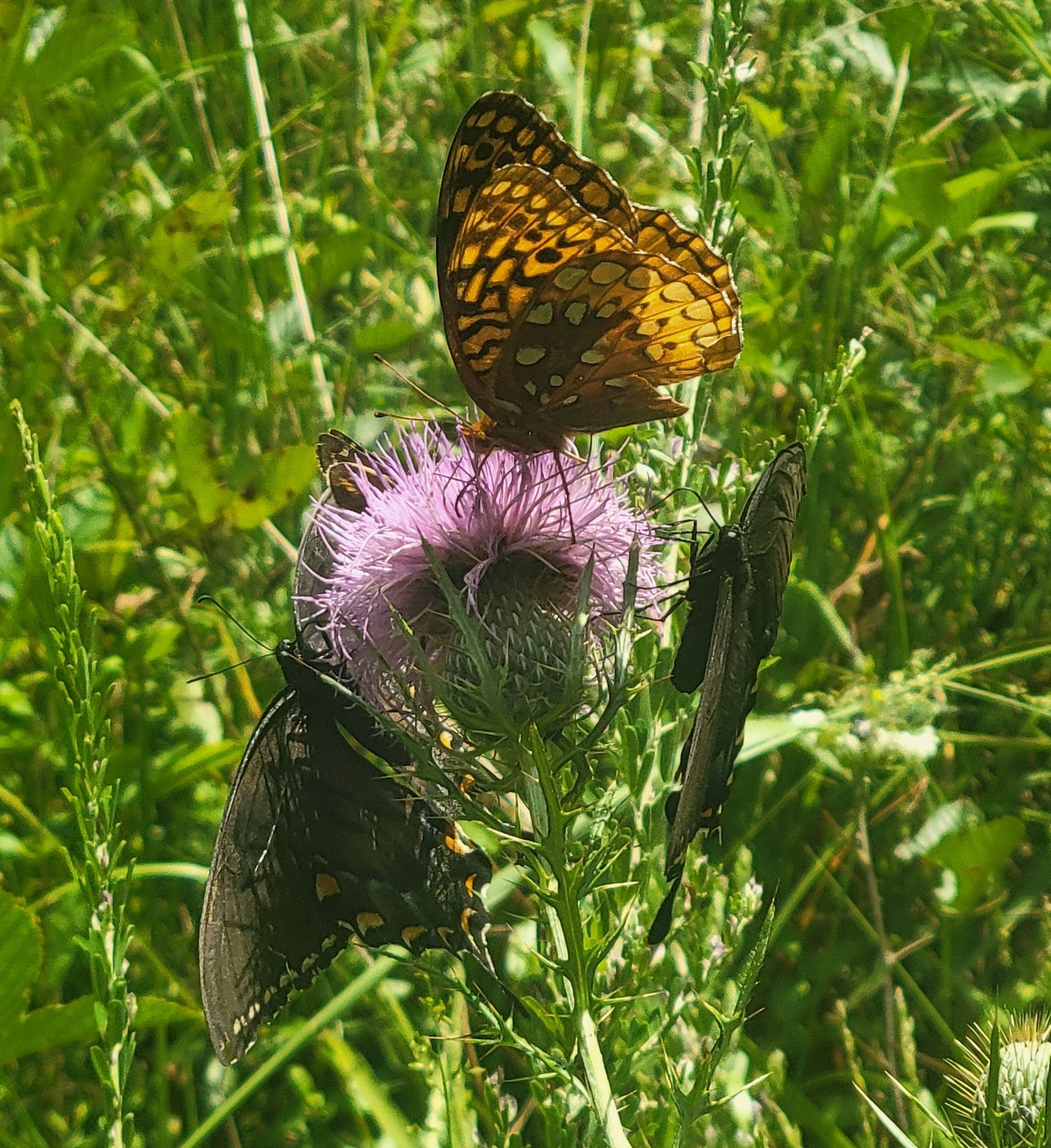Building Local Food and Communities
Imagining bountiful food and nurturing communities
My husband and I are able to grow most of the food we eat. But living in isolation with plenty to eat is not my goal because we all need community and we all need to eat. I believe that whether we live in the country, suburbs or city, we can be part of making this happen. First, let’s not focus on the “how to grow food,” but let’s instead focus on how we can grow communities that grow food together.
I live in the country, but that doesn’t mean that many people here actually grow food. The GMO corn and bean farmers say they do, but the thought of eating the processed food that is made from these GMOs is not my goal. I was a family practice doctor, and I know that when GMOs were introduced in the 1990s along with the Roundup that accompanied them, diseases such as autism and pancreatic cancer soared. So, sit back and let your imaginations travel with me now to the wonderful and sustainable communities we can help create.
When I share our tomatoes, zucchini, beans or sweet corn with the neighbors, I always offer them seeds so they can grow their own. Nope, not many people actually have “vegetable gardens” even in the country, but this would be my goal. Vegetables growing in back and front yards, community gardens growing in school and church yards and in the neighborhood parks. Working together as we learn, laugh, and harvest together. Farmers’ Markets would help support these small farmers. We thrive together when we get to know and support each other.
The
suburbs
are also a perfect place to grow food and community. Imagine seeing raised beds in front lawns, beans and flowers lining the sidewalks, and backyards with not only play and picnic areas, but beautiful gardens with both vegetables and flowers. We might see smiling people heading down the sidewalk to share extra produce with other neighbors. People who hardly waved to each other before are now comparing produce, plans, and successes while laughing about what went wrong. People need community as much as they need the produce.
Cities are next and we might think that “growing and sharing” are unlikely to happen in these crowded areas. However, where the many homes have small yards, we might find even more food being grown. Picture a backyard with chickens confined to a fenced yard that extends into the compost area that they explore and “till.” The privacy fences are lined with blackberries on one side and climbing green beans on the other. The backyard downspout empties into a rain barrel. A hose, extending off the barrel, is used to water the garden. This garden is packed with lettuce, bush beans, tomatoes and basil. A woman gathering produce is interrupted by a neighbor bringing her honey from the hive in his backyard. In return, she gives him fresh eggs while they discuss how their gardens are doing.
When we venture farther downtown, we find empty lots converted into community gardens with several raised beds crowded with vegetable plants. Community members come to weed, gather produce and “hang out” with their neighbors. It’s extra special to see all ages involved. The smallest can snitch strawberries and teenagers feel both welcomed and useful as community members. Even the rooftops of several tall buildings have raised bed gardens. The people working and living below didn’t know their neighbors before they began these gardens, but now they’ve set up lawn chairs and even bring an extra beer or a jug of lemonade to share. We need both food and community.
If we can each grow some food for our tables and perhaps some to share, we may be able to create this reality as we find a way to have nurturing food and communities.



